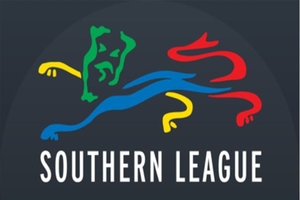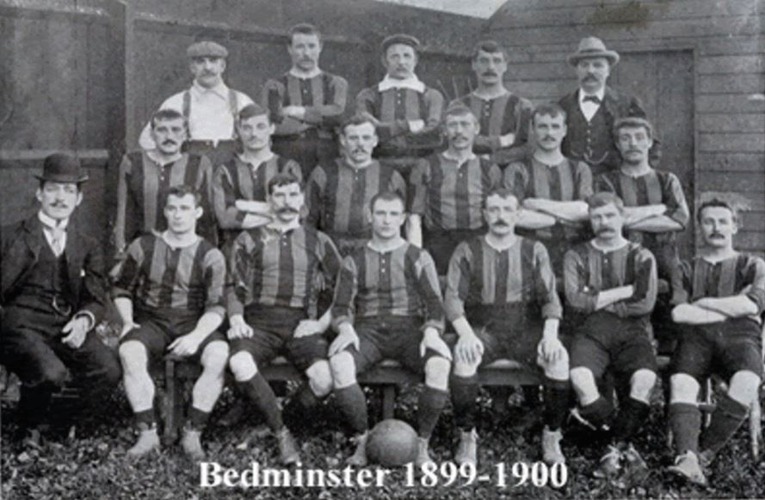Southern Football League Premier South Stadiums & Stats
 Having gone through so many changes since its’ inception in 1894, it’s hard to say exactly when the Premier South division came into things. On the one hand, you could say that this is the original division that has simply been renamed, on the other, you could say it didn’t technically exist until the restructure in 2017.
Having gone through so many changes since its’ inception in 1894, it’s hard to say exactly when the Premier South division came into things. On the one hand, you could say that this is the original division that has simply been renamed, on the other, you could say it didn’t technically exist until the restructure in 2017.
The Southern Football League itself, however, is a different story, with a rich history peppered with teams that even non-football fans would recognise.
These days it consists of two different regional pathways, with the Premier Central division being the equivalent to the Premier South division, but both of these also run in parallel with the Isthmian and Northern Premier divisions to form the 7th tier of English football.
This page will teach you how the Southern Football League works and where the Premier South division fits into it, what sort of stadiums you can find at the clubs competing in the league, and some history covering where the league came from and how it got to the point it is at today.
Southern League Premier South Stadiums

As with other divisions at the same level, you would expect to find stadiums in the Premier South division that only just live up to that description.
They will be fenced off and contained, with at least one small stand of seating and pitch side hoardings on all four sides of the playing field, but then you might also find stadia that belong to teams who have fallen from grace, and are therefore much more impressive.
If you should attend a game in the Premier South division you certainly shouldn’t be expecting anything on the same level as stadiums in the Football League, but basic facilities such as a toilets and somewhere to buy a drink and a bite to eat can be expected.
On average, a capacity of under 5,000 is normal, although filling even 25% of that would be an achievement for most of these teams, but those supporters that do turn out can count on at least 250 seats and at least one covered area to watch from in case of bad weather.
Unlike grounds in the English Football League though, fans are free to move around the standing areas at the ground, perhaps swapping ends at half time or to get a better view of a certain player, so as a spectator it is much less restrictive than watching professional football.
If you go a few steps below the level of the Premier South division, the grounds the clubs play at are little more than open fields, so this is really the stage at which a club’s stadium begins to take shape.
About the League

The Southern Football League South Division is one of four pillars of the 7th tier of English football, the others being the NPL Premier Division, the Isthmian Premier Division, and the SFL Premier Central Division.
While the NPL and the Isthmian Premier divisions are both the top level of their own individual leagues, the Premier South is actually part of the same league as the Premier Central, despite running alongside each other.
If it sounds confusing that’s because it is.
Essentially, the Premier South division runs in parallel with the other divisions at the same level, but the teams in each division do not cross over in any way.
As for the Southern Football League itself, it is split into two regions and structured like this:
| South | Central |
|---|---|
| Premier South Division | Central Premier Division |
| Division One South | Division One Central |
So Division One South feeds the Premier South Division, and the Division One Central feeds the Central South Division. Then, along with the Isthmian Premier division, the Premier South division feeds the National League South, while the Central Premier Division feeds the National League North along with the Northern Premier division from the Northern Premier League.
Saying all of that, due to the financial limitations of clubs this far down the league system, it is possible for clubs to be moved between leagues and divisions based on their geographical location. In other words, just because a club is promoted from the Division One South, they might not necessarily end up in the Premier South, they could in some cases end up in the Central Premier.
This mainly happens to clubs on the borders, and it all depends on which teams have been promoted and relegated from one season to the next, so is judged on a case by case basis. Organisers try and keep things to the prescribed format, but they need to be flexible.
League History

The Southern Football League has been running since 1894, although it has gone through a lot of re-structuring since then.
The Premier South division didn’t exist in its current form until 2017, but you could say it is the original division just by another name.
Originally, there was a Division One and a Division Two operating side by side, but there were only 9 teams in the first division and 7 in the second. Remember, travel was much more difficult in those days, so keeping things small probably made sense.
The Southern League quickly became dominant competition outside of the Football League, with the mighty Tottenham Hotspur as a member, but in 1920 the Football League established a 3rd Division, and almost all of the Southern League’s top clubs moved across as part of it.
It then acted as a feeder league of sorts, although in those days the way teams changed leagues was different, with an election process taking place rather than the structured promotion system we use today.
It wasn’t until 1979 that the system we use now started to take shape, when the National League was formed (then known as the Alliance Premier League). This knocked the Southern League down in the pecking order, and again the leading clubs left to form the new league, but it at least gave the remaining clubs a regular route to advance.
It was the same story in 2004 when the National League North and the National League South were formed, but there were also more clubs wanting to play league football by this point, so filling the places of those who had left was no issue.
In fact, by 2017 there were so many clubs in the South and centre of England that the entire Southern Football League was restructured to include the Premier Central division, which is when the Premier South division came into being as we currently know it.
